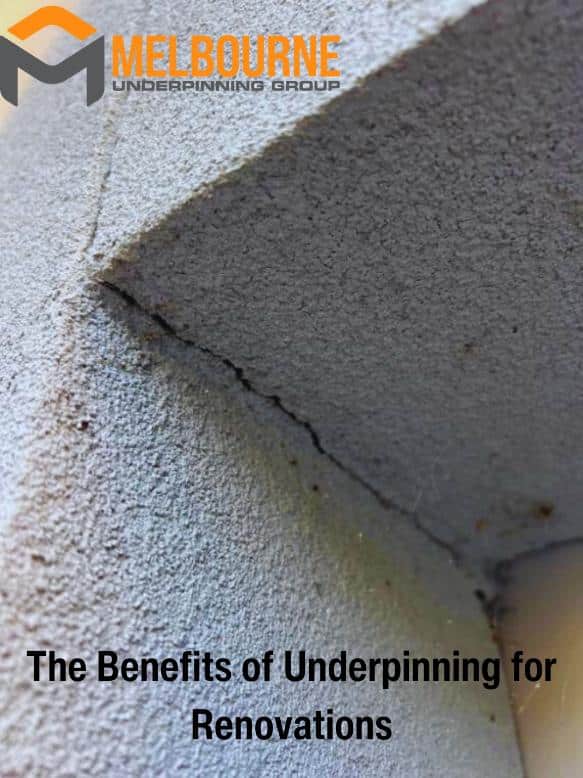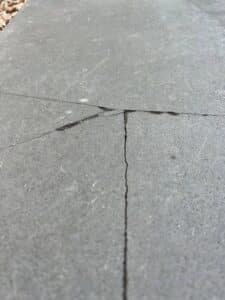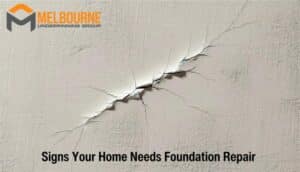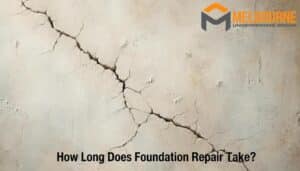
Underpinning in renovations brings immense benefits, such as strengthened floor stability, addressing foundation problems, cost-effectiveness, and improved property value. By reinforcing the structure’s foundation, underpinning enhances the stability of the home, allowing for the addition of extra floors. This process also allows for the remediation of any existing foundation issues, ensuring resilience without requiring foundation repair.
Moreover, underpinning inherently bolsters the safety of a building’s occupants by reducing risks associated with weak foundations, such as unexpected shifts or collapses. This creates a safer living environment.
In this post, we’ll discuss the benefits of underpinning your home for renovations.
Strengthened Stability for Additional Floors
Underpinning makes a building’s foundation stronger, which is essential when you want to add more floors or expand a building. Choosing an underpinning contractor wisely is a key part of this process to ensure the work is done correctly. This is especially useful in cities where space is limited.
With a solid foundation, buildings can include additional rooms like garages, offices, or gyms, increasing their functionality and space.
Capability to Fix Foundation Problems
Underpinning helps fix buildings that have become unstable over time. This can happen because of things like soil washing away, water getting in, or the ground moving.
It makes the foundation of the building stronger and bigger so it can hold up the building’s weight and stop more damage. It’s important to choose a contractor who knows how to do this work well to make sure the job is done right.

Cost-Effective Solution
Underpinning is usually cheaper than tearing down and rebuilding a building, especially for old or special buildings. Tearing down a building takes a lot of time and money, and you often need permission from the local government.
On the other hand, underpinning is faster and causes less trouble for people living or working in the building. It also lets owners keep the original building while making any concrete slabs stronger and more functional.
Increased Property Value
Making a building’s foundation stronger can raise the value of the property. Underpinning helps do this by allowing owners to add more floors or extra spaces to a building, making it bigger and more useful.
A bigger, improved building can attract more buyers and sell at a higher price. Also, a strong foundation means the building won’t need costly fixes later on, making it even more attractive to buyers.
Cost Comparison With Alternative Options
Underpinning tends to be more cost-effective than demolition and rebuilding, as it focuses on strengthening the existing foundation rather than starting over. Compared to piling, underpinning usually requires less sophisticated machinery and material, which can reduce costs.
However, methods like slab jacking might have lower initial costs due to cheaper materials, but underpinning offers better long-term value due to its durability.






